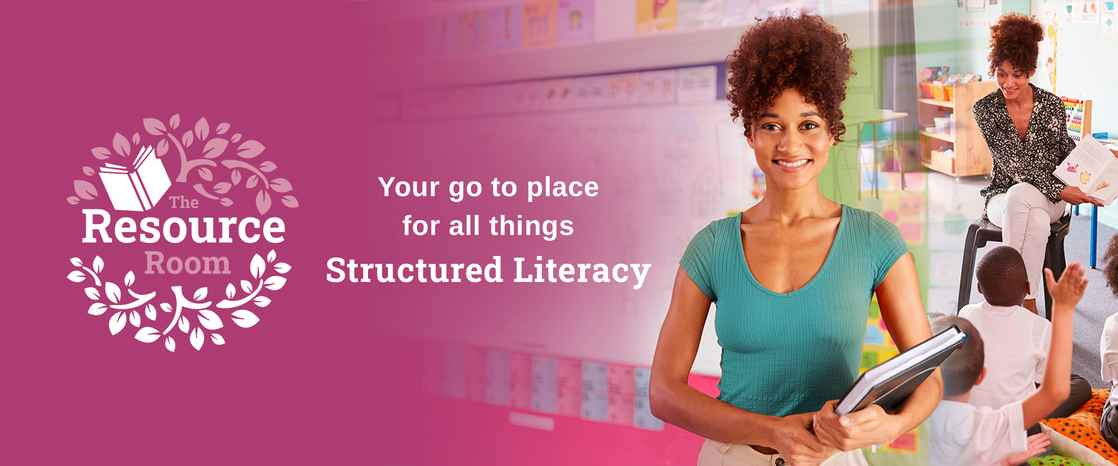Why More Books about Teaching won’t Necessarily Make us Better Teachers

I love vegetable gardening. I love the excitement of seeing seeds germinate and little plants break through the soil. I love watching fruit and vegies grow and ripen to the point where they end up on our dining table. Over the years, I have bought many, many gardening books. I have a whole back catalogue of Grass Roots magazines as well as a book on square metre gardening, backyard self-sufficiency, growing vegetables in tropical climates (when I lived in the tropics), growing vegetables in a cold climate (when I lived in a cold climate), vertical gardening, no-dig gardening, soil health and how to deal with pests and diseases. I recall a time when I had a stack of books beside me that I had avidly read but still had a garden that was lacklustre and not that productive. I had taken the preliminary steps I needed to to get started but hadn’t taken things to the next level. I would sigh and look out the window, and then when I was in my local bookshop, go looking for more books to help me be a better gardener. Then one day, a little voice in my head told me that it was time to stop reading about gardening and actually DO gardening, that the difference between where I was now and where I wanted to be, was in the doing – not the reading! The problem was I didn’t quite feel ready to go at it all on my own.

We can say the same thing about teaching. How many of us have made those first tentative steps into structured literacy and immediately gone down the rabbit hole of ALL the things on the internet? We buy book, after book, after book (often not reading them because we simply don’t have time). We attend course after webinar after masterclass in search of the elusive bit of knowledge that will help us feel confident in literacy instruction, only to find that we feel as uncertain as we ever have. Teaching is the same as gardening. You need some knowledge, but the growth from where we are to where we want to be is in the doing. Like me with my gardening, we might have the fundamentals down (e.g., teaching some phonics and doing some partner reading with decodable texts), but when it comes to taking the next steps into morphology and using mentor texts for comprehension and writing, not feel quite equipped to go there on our own just yet. That is perfectly reasonable and understandable.

If you are feeling this way, whether you are an upper or lower primary teacher, know that you aren’t alone. Here are my top tips for tackling a new area of instruction:
- Connect with others who can support and affirm you. Teaching can be a solitary business, especially if we work in a school that is not ‘on the bus’. It’s important that we have colleagues as whacky as we are in our commitment to structured literacy.
- Find simple tools to teach with. It’s nice to think that we can create everything from scratch, but honestly, why put yourself through it? Your focus needs to be on the students and supporting their myriad of needs. Trying to create your own teaching resources, scope and sequence, lesson outlines, and all the other ‘stuff’ is a recipe for overwhelm and exhaustion. Make sure that these tools include low variance routines and relatively low-prep options. You still need to consider and prepare what you are teaching, but you don’t need to be standing at the photocopier for hours or laminating until the wee hours.
- Take it one step at a time. They say, “Rome wasn’t built in a day”. I’m not 100% certain who said that, but it’s certainly true. Lorraine Hammond reminds us to only try to change 10% of our teaching practice at a time. That’s great advice. So, if you have your basics under control, choose ONE thing to work on each term. Of course, you’ll refine what you are working on at the same time, but those are small adjustments, not massive shifts.
- Recognise that you are going to have good days and bad days. This is where the network and the simple tools come in. Once you have these established, the tricky days are much easier to navigate because you can fall back on things that reduce your cognitive load. Taking the time to develop fluency in your teaching means that when your cat is at the vet, your bathroom floods, or your students’ behaviour challenges you, you have strong teaching foundations to keep the wheels turning.

Taking action is the key to moving from where you are to where you want to be in your teaching, right across the primary school. If you are looking for some simple tools and a team of people to support you in your endeavours, the Resource Room might be a good option for you.
Learn more and sign up for your $2, 7 day trial at www.jocelynseamereducation.com/the-resource-room

 Jocelyn Seamer Education
Jocelyn Seamer Education
0 comments
Leave a comment